What Thanksgiving Looked Like in Culturally Diverse Homes
“Hand me the gravy boat please and eat your potatoes politely so we can get to the pumpkin pie. Let’s wait until Grandpa falls asleep before we start the board games.”
Thanksgiving, or “Turkey Day,” was celebrated by millions in homes all across America last Thursday, and Apple Valley was no exception. However, since the Pilgrims had their 1621 feast, America has become a diverse melting pot of cultures. Yet, every year it goes unspoken: what culturally diverse Americans do on traditional American holidays, such as Thanksgiving.

At Apple Valley High School, people of color make up around 42% of the study body. Most would call AVHS a diverse school, from the Tazel Institute to the Latina Girls Group to Gay Straight Alliance.
AVHS has expansive heritage, but it’s what goes on at home that often shapes the different identities seen at school.
Thanksgiving was first celebrated by immigrants of European descent, but as the nation expanded, so did the diversity among immigrants. Minorities made up 38% of the population by 2014, and that number is only expected to increase. In fact, the Census Bureau expects the United States to become a “majority-minority” – where minorities make up the majority of the population – by the year 2044.
2044 is a long way to go, and by then, many Thanksgivings will have come and gone.
You already know what the regular American Thanksgiving looks like. We’ve been painting its picture for centuries. Let’s take a look instead as to what more and more Thanksgivings will look like in American households.

For sophomore Adam Ramirez, Thanksgiving was spent “with the American side of my family rather than the Hispanic side,” so dinner was generally “turkey, with stuffing and mashed potatoes.” Ramirez’s family “always had football in the background,” for a “very much American Thanksgiving. Ramirez stated his heritage “played a very small role.”
It was a trend: heritage playing a role in everyday life wasn’t uncommon, but for Thanksgiving, celebrating an “average American holiday” seemed natural.
Senior Arianna Rotty’s mom was brought up Italian, and she says, “We take on a lot of characteristics of a typical Italian family when it comes to food,” but described her Thanksgiving as “the typical Thanksgiving meal.”
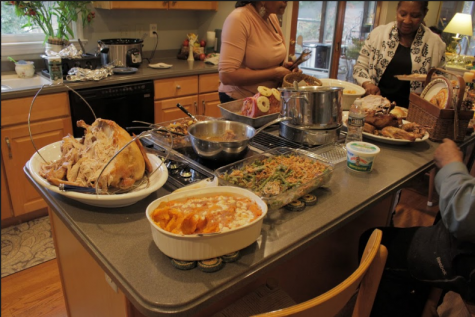
Senior Devon Ek is Cambodian and Laotian. He said, “My grandparents have embraced the melting pot philosophy of America. They believed that it was important to not only maintain your ethnic heritage from where you came from but to embrace the American culture as well.” His family also plays board games and writes down what they’re thankful for. He described his Thanksgiving as “the usual.”
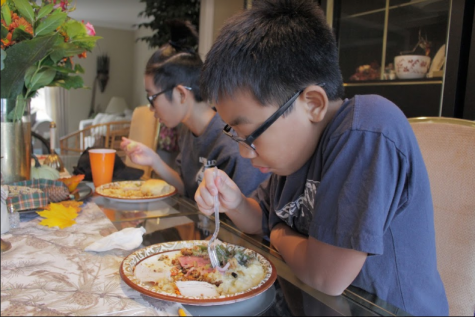
Some are new to American culture. Junior foreign exchange student Paula Mielgo is from Spain and has only recently been introduced to American holidays. Last Thursday, her expectations of a traditional American Thanksgiving to be “all the family together eating a lot” were met as she enjoyed “turkey, mashed potatoes, ham and stuffing.”
However, culture isn’t limited to just race and AVHS students practice a range of religions, or none at all. Sophomore Halima Badri’s Thursday was just a normal day: “I don’t celebrate Thanksgiving. In our religion we’re only supposed to celebrate Islamic holidays. It’s a religious reason.”
Just like there’s no set way to celebrate Thanksgiving, there isn’t only one way to practice beliefs, and Badri continued, “I don’t want to be a spokesperson for all Muslims because I do know some that celebrate American holidays.”
Sophomore Rahma Abass described her Thanksgiving: “We just think it’s a day for everyone to gather. We don’t really celebrate it for Thanksgiving; we just have certain foods. Some holidays, ones that project Christianity, are prohibited, but [Thanksgiving is] just for gathering.”
Whether or not Abass celebrates Thanksgiving on a certain year is her annual decision; Thanksgiving isn’t a big deal, and is a very casual holiday. Sometimes she “relaxes” and has “American stuff and Somali food,” or has “pizza or mashed potatoes,” while other years are like this past Thursday, where she “didn’t do a single thing.” On Thursday, it was just another regular day for Abass, and she went out to eat.
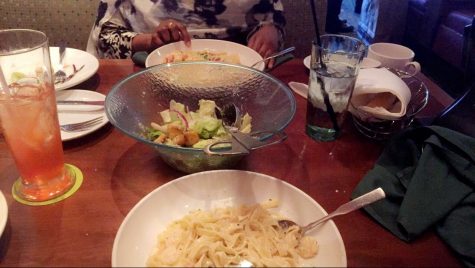
Though Muslim, Abass didn’t celebrate Thanksgiving this year due to a different reason than Badri’s: “I was getting sick.”
Sophomore Salma Hassan is Muslim and did celebrate Thanksgiving. She described her meal as a blend of Somali and American culture, and had “potatoes and chicken” but also “Somali food like sambusa and Italian cake.”
Sophomore Zabrianna Evans is Puerto Rican, Trinidadian and African American and her Thanksgiving dinner consisted of “black eyed peas, candied yams, turkey and dressing.” Though, when asked whether or not she considered her family’s meal to be “traditional American,” she replied, “Define traditional American.”
It’s something to think about. What is “traditional American?” Thanksgiving definitely still echoes the importance of American culture but “American culture” may or may not be of European descent.

For Evans, Thanksgiving was “a time for us all to get together,” and for Ek, “to get together with the people you care about and give thanks to everything you’re grateful for and also to feast.”
American population makeup is evolving, maybe it’s time to change our definition of what it means to be American too. Throw out the stereotype; there’s no wrong way to “do” Thanksgiving.





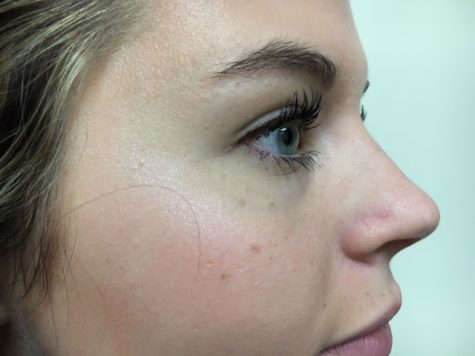

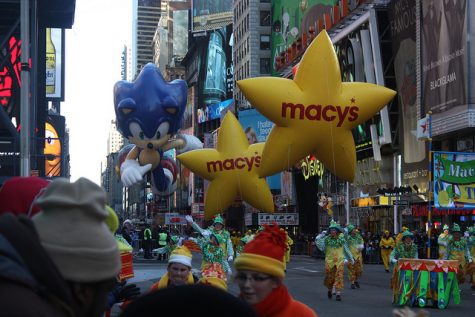
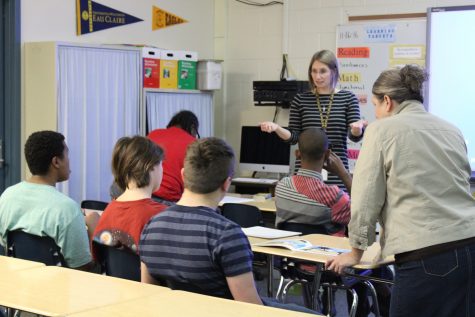
Pat Iverson • Nov 30, 2016 at 2:21 pm
Wonderful article that informed, celebrated and affirmed the multicultural heritage of the US and AVHS. Loved how you wove the stories of people together with the history of the holiday. Nicely done!! I enjoyed it!